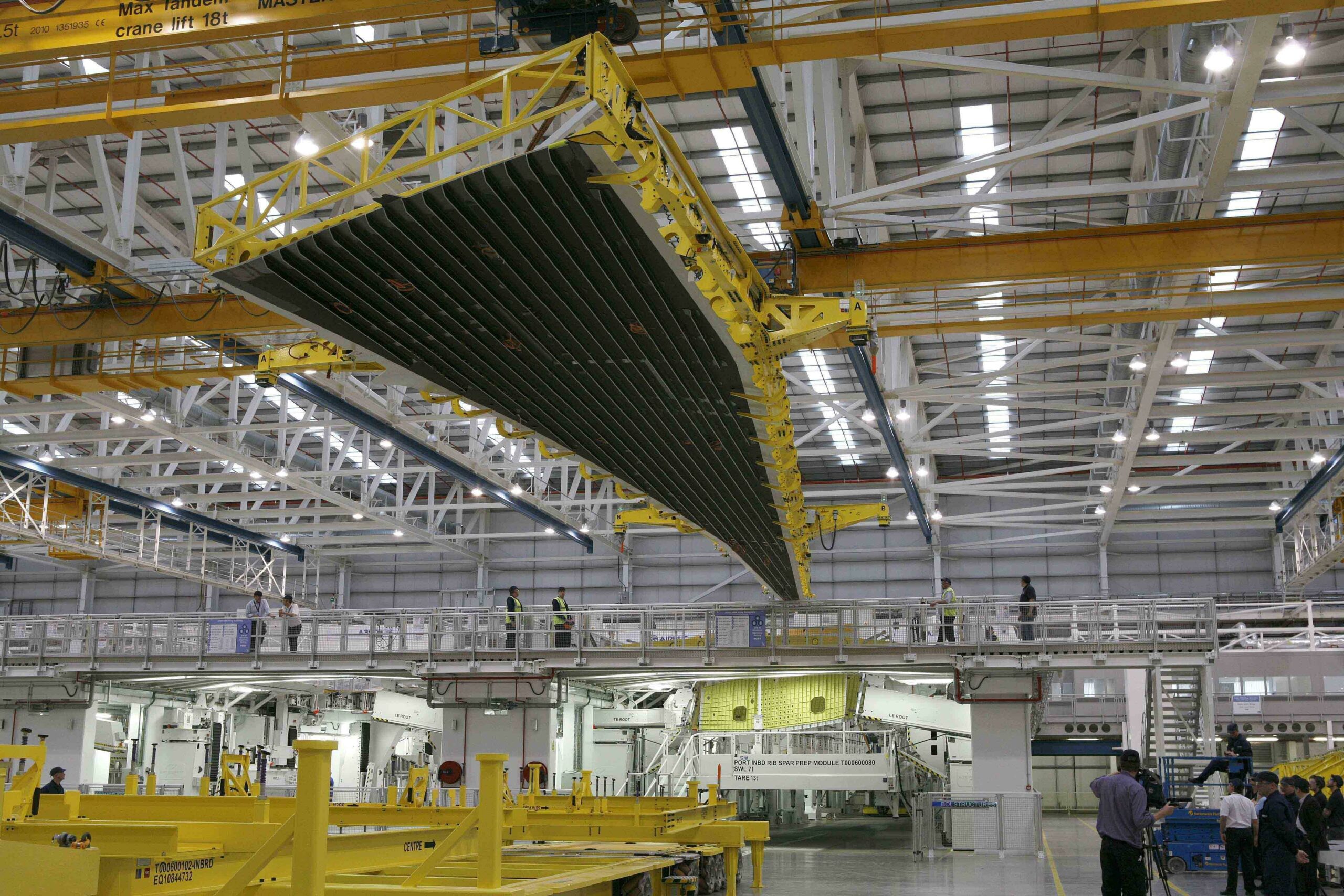
On Monday, we released our annual ADS Facts and Figures document, giving an overview and summary of the four sectors ADS represents.
In today’s blog, we look more closely at the UK’s Aerospace sector; the progress it has made, the value it brings to the UK economy and the global growth opportunities it is well placed to grasp in the future.
Last year, the UK’s Aerospace sector was worth around £32bn to the UK economy; a growth of 8% from 2015 and an annual growth rate of some 7% over the last 5 years. It has around 120,000 direct employees across the length and breadth of the UK – with 3,800 of these employees identified as apprentices.
UK Aerospace has also been making progress in its investment into new technology and supply chain competitiveness. The Aerospace Technology Institute (ATI) has gone from strength to strength, with over £1.45bn already invested in R&D programmes to date, involving over 180 companies. Moreover, programmes such as NATEP and Sharing in Growth have supported over 250 and 60 companies respectively. The next stage for the Aerospace Growth Partnership (AGP) is to support the implementation of the UK Supply Chain competitiveness Charter, as well as a number of productivity and competitiveness programmes currently in the pipeline. Alongside this, the ATI will be focused on developing new initiatives to build on the UK’s ‘High Value Design’ capabilities – the design, development and manufacture of high-value components and systems critical to aircraft performance.
But with such significant growth and investment, in which areas is the UK best placed to take advantage of future global opportunities?
Firstly, the UK is at the global heart of both wing and engine technology and manufacturing. Airbus in North Wales produces around 1,000 wings per year for all of Airbus’ aircraft family. In addition, Rolls Royce’s latest engine platform, the Trent XWB for the A350, helps to deliver a 50% lower noise footprint than the engine it replaces. With a $5 trillion dollar market for new aircraft over the next 20 years, the UK’s leading role in developing complex components which deliver efficiency and improved environmental performance will help it capture some of the value of this market.
Further to this is also the UK’s world leading position in designing and developing aircraft and cabin interiors, as well as enhanced connectivity that helps improve passenger comfort and experience. Last year alone, the UK exported £550m of aircraft seating alone, to airlines, operators and manufacturers across the world. Overall, the next 20 years is set to see around £160bn of aircraft upgrade and interior investment. Furthermore, around 130,000 people a day experience inflight entertainment designed and developed in the UK.
As such, the UK’s high-skill, high-tech Aerospace sector is well placed to meet both the challenges as well as the wide range of opportunities, set to emerge from a growing global Aerospace industry.





